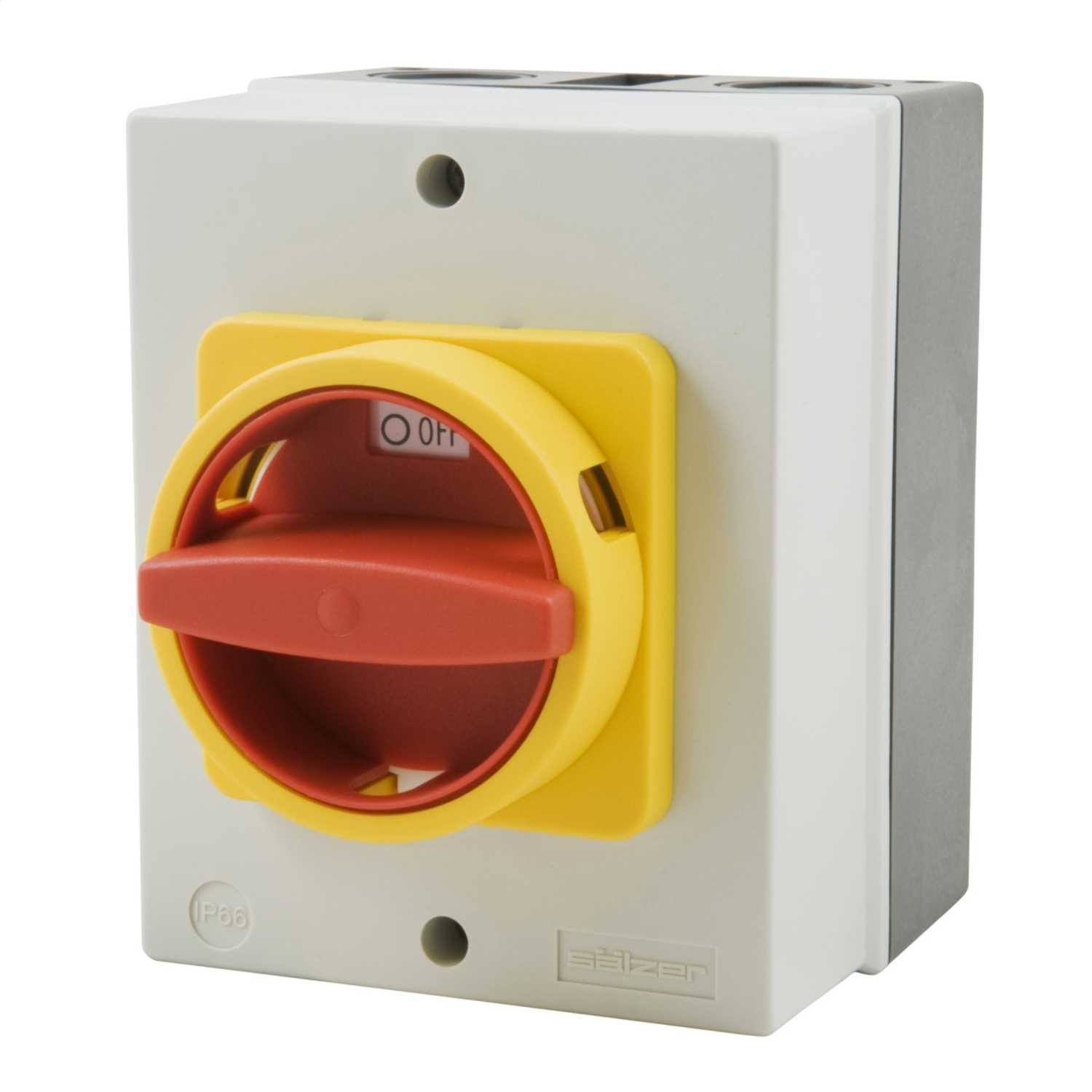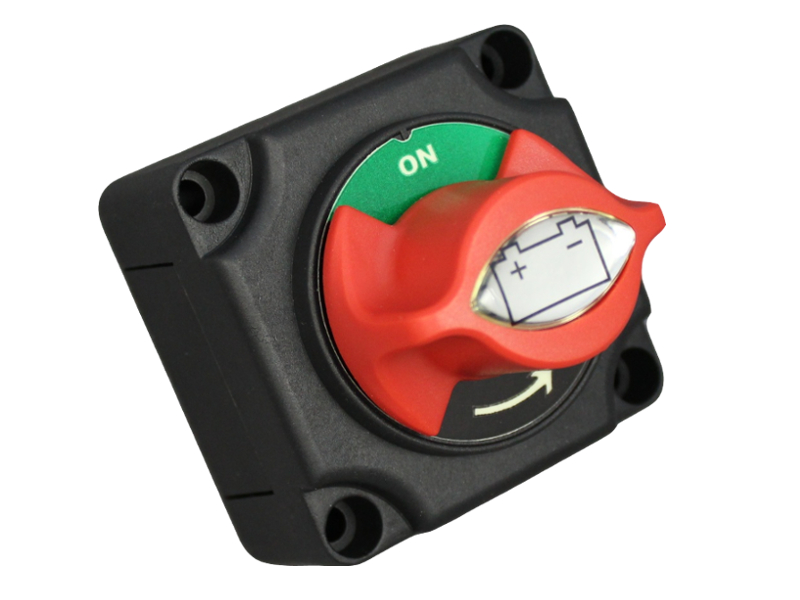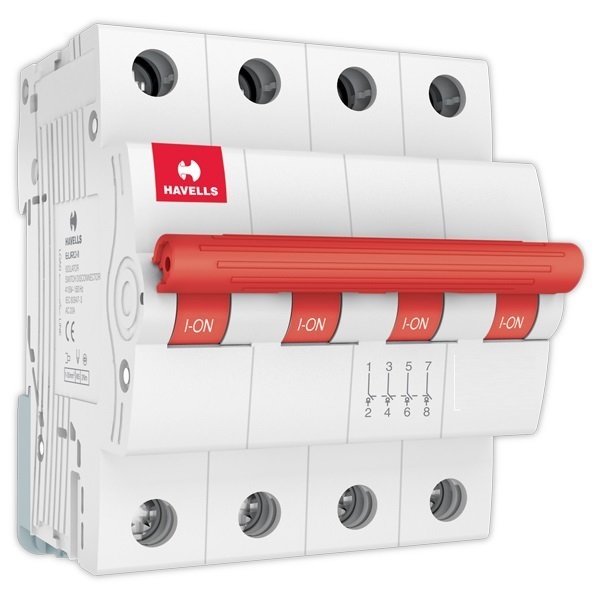

But if using a three-pole CB interferes with the operation of the protective relay, we must use a four-pole CB. Normally, in a three-phase system with a neutral, we use a three-pole CB with the neutral connected to a common neutral link.

So, 3-pole stands for three open, and 4-pole is the N representation of the zero terminal, which is the addition of a terminal based on the three openings. What Is the Difference Between 3 and 4 PoleĪ 3-pole isolator is a no-load switch that isolates only three phases, whereas a 4-pole isolator isolates three phases and the neutral of a three-phase line. Each terminal group represents one of the toggle positions. A 4-pole switch has four terminals that offer two sets of toggle positions. Four-pole switches are used in tandem with three-pole switches. Lighting can be controlled from three or more locations using four-pole switches. In 4-Pole MCCBs the neutral pole is also having protective release as in the phase poles. The one additional 4th pole is for connection between the neutral wire and any of the other three.

What Does 4-Pole Mean in Electrical TermsĤ-poles are for 4-wires connections. It shuts the contact before the other two pins make power contact. This earth connection has been built as a leading connection in all 3-pole plugs that correspond to the standards. It is critical to note that removing the ground connection is always dangerous because there is no longer any protection against electric shock. What Does 3-Pole Mean in Electrical Termsģ-pole indicates that the device plug is earthed and includes three pins, two of which are used to transport current and one for personal protection. All transfer switches supporting three-phase, four-wire loads should be of the same type-either all three-pole or all four-pole. While many factors influence whether to employ a 3-pole or 4-pole switch, it should be noted that in systems with several ATSs, it is critical to choose one of the neutral switching schemes. Because each source’s neutral is linked to ground at its source in 4-pole ATS systems, each source is termed “separately derived”. This is known as a solid neutral, and it is only bonded to the ground at the facility’s utility service entry. The neutral is constant throughout the system when employing a 3-pole ATS.


 0 kommentar(er)
0 kommentar(er)
